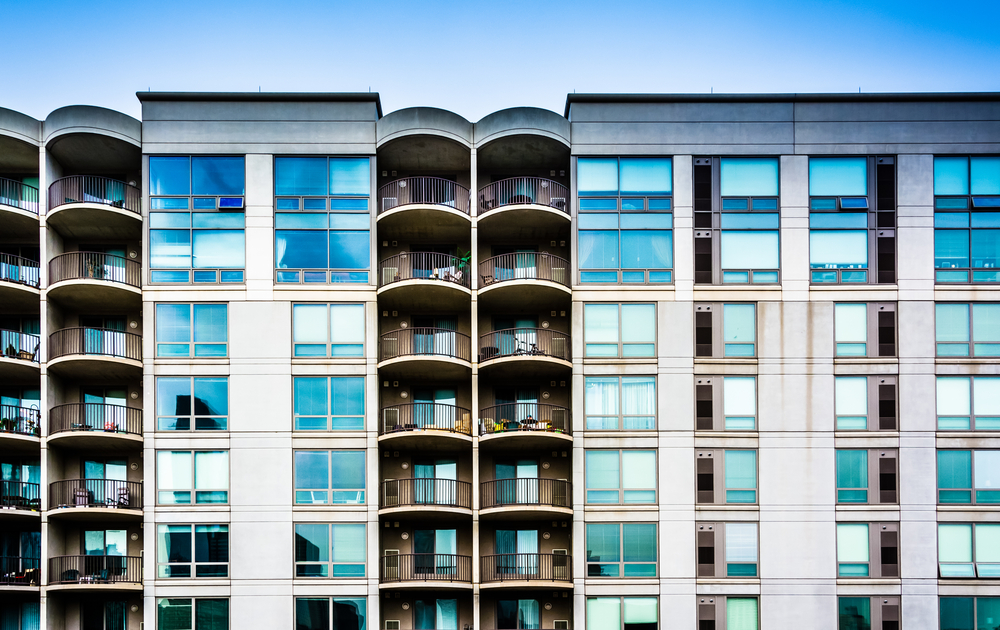 Exterior balconies are more than just features on buildings; they are places to host guests, read good books, and enjoy the views. For some, balconies become the focal points of living spaces. People think of the comfort of their living spaces but rarely think about how the building envelope (the exterior skin that acts as a barrier against water, water vapor, air and temperature) works until there is a leak or draft. That same building envelope that creates cozy living rooms and warm sunrooms and beautiful balcony spaces doesn't just provide comfort; it also provides critical protection to the entire structure, ensuring a safe living environment.
Exterior balconies are more than just features on buildings; they are places to host guests, read good books, and enjoy the views. For some, balconies become the focal points of living spaces. People think of the comfort of their living spaces but rarely think about how the building envelope (the exterior skin that acts as a barrier against water, water vapor, air and temperature) works until there is a leak or draft. That same building envelope that creates cozy living rooms and warm sunrooms and beautiful balcony spaces doesn't just provide comfort; it also provides critical protection to the entire structure, ensuring a safe living environment.
Balconies, whether close to ground level or multiple stories above it, require strict adherence to project specifications during construction to provide safe living areas. While factors such as selection of appropriate construction materials and proper design to accommodate static loading are important, waterproofing plays a vital role in structural safety and longevity.
The Role of Waterproofing
Waterproofing's main role is to protect the balcony from deterioration caused by water infiltration. As an external part of the structure, the balcony takes the brunt of extreme temperature swings, wind, and rain. Concrete balconies are designed with internal steel reinforcing bars to provide strength. Without waterproofing, precipitation accumulation paired with freeze- and-thaw cycles can result in cracking of the balcony concrete. Severe concrete cracking can subject the reinforcing steel to rust, resulting in a loss of structural integrity. Waterproofing provides the same protection for wood-framed balconies. Water infiltration in wood can cause dry rot and significantly weaken the frame. In both situations, the resulting structural integrity issues pose significant safety risks that may not be visible to the naked eye.
There have been instances of catastrophic balcony failures attributed to water intrusion because of improper waterproofing application. To prevent water intrusion, it is imperative that concrete and wood balconies are properly waterproofed. See our blog on The Role of Consultants in the Waterproofing Industry for more information on insuring waterproofing is adequately addressed.
Related article: The Role of Consultants in the Waterproofing Industry
Additional Considerations
Waterproofing membranes must be tested after application. Tests will uncover areas of water infiltration that could lead to eventual structure failure. Sufficient drainage and positive sloping of the balcony will aid the waterproofing membrane in mitigating water intrusion by preventing surface ponding. Design specifications are developed to code with safety in mind. Deviation from these requirements should happen only with an engineer's approval.
Conclusion
Waterproofing plays a vital role in constructing a safe inhabitable balcony. While the balcony's end user may be focused only on enjoying the space, waterproofing is an integral part of the design elements that allow for worry-free use.
As an industry leader in waterproofing, please contact us, and we would be happy to assist you with any questions regarding balcony waterproofing.




